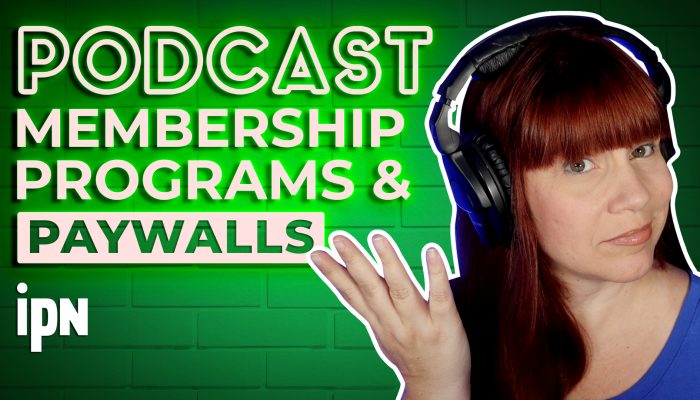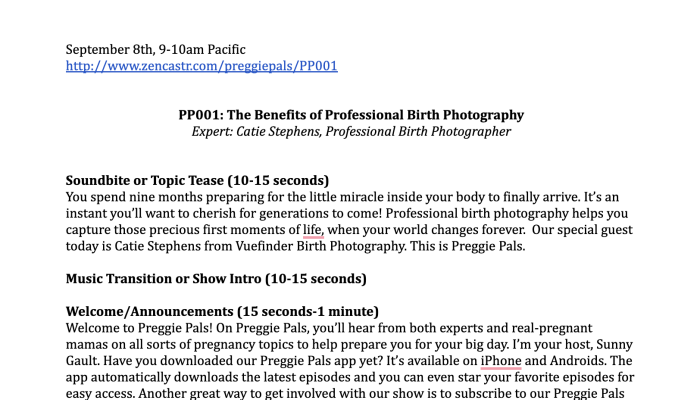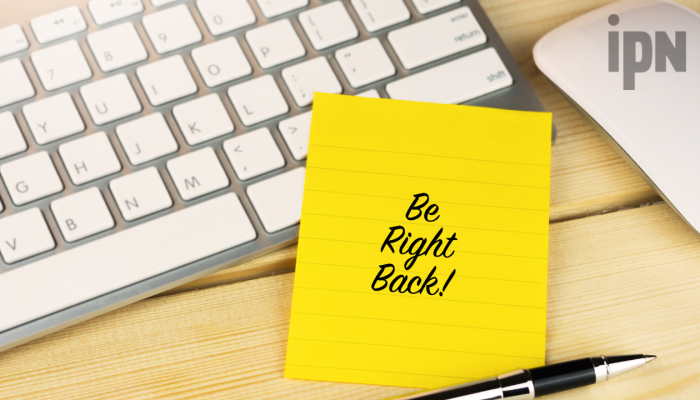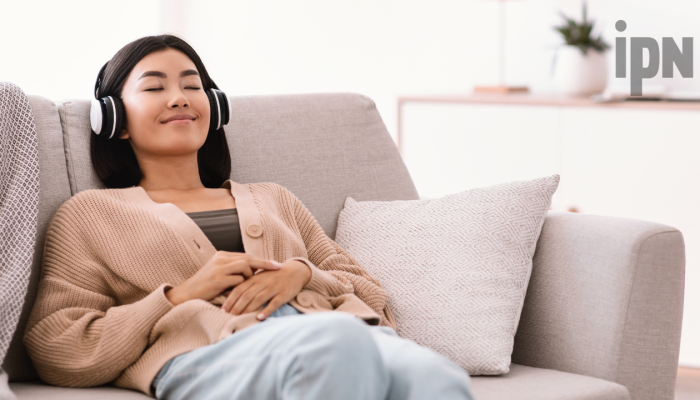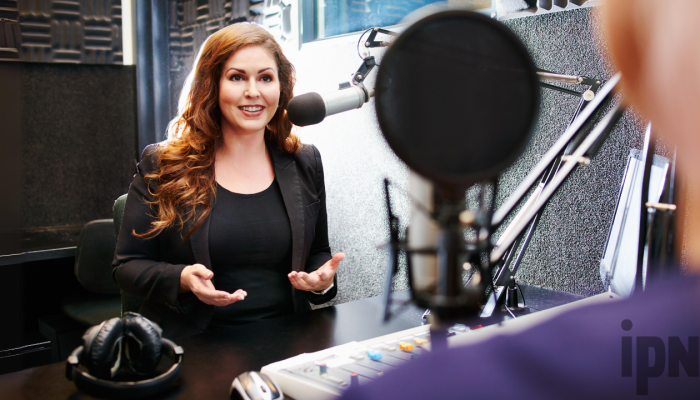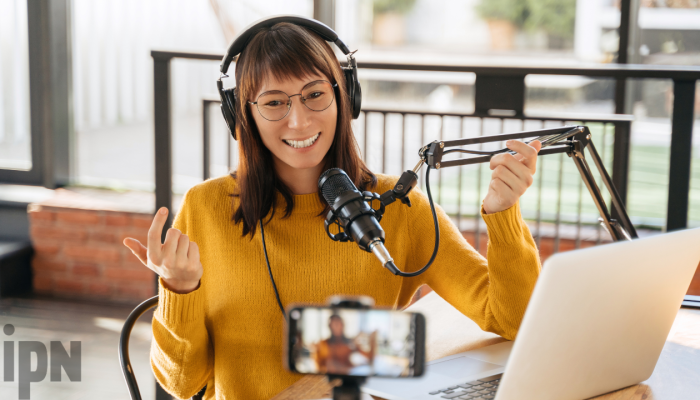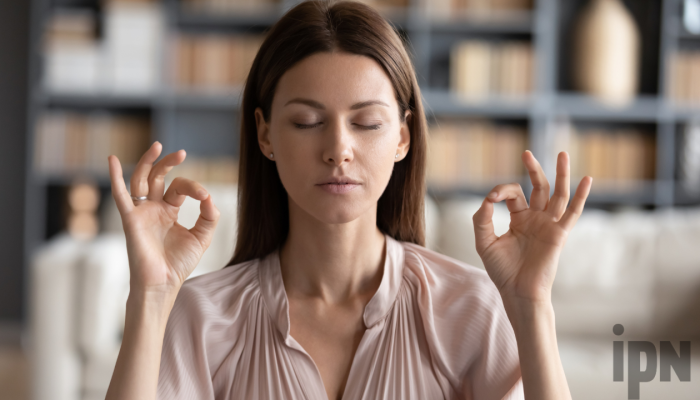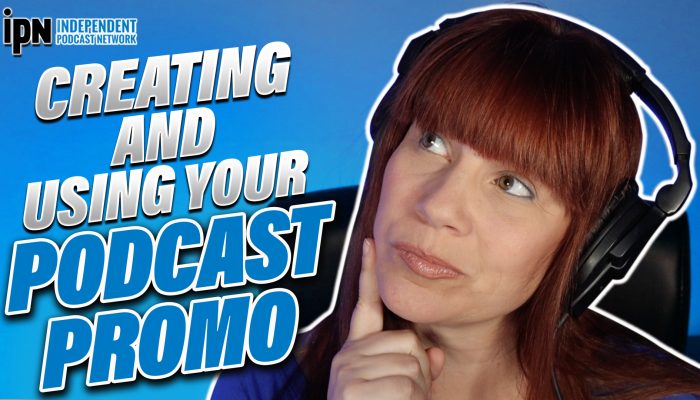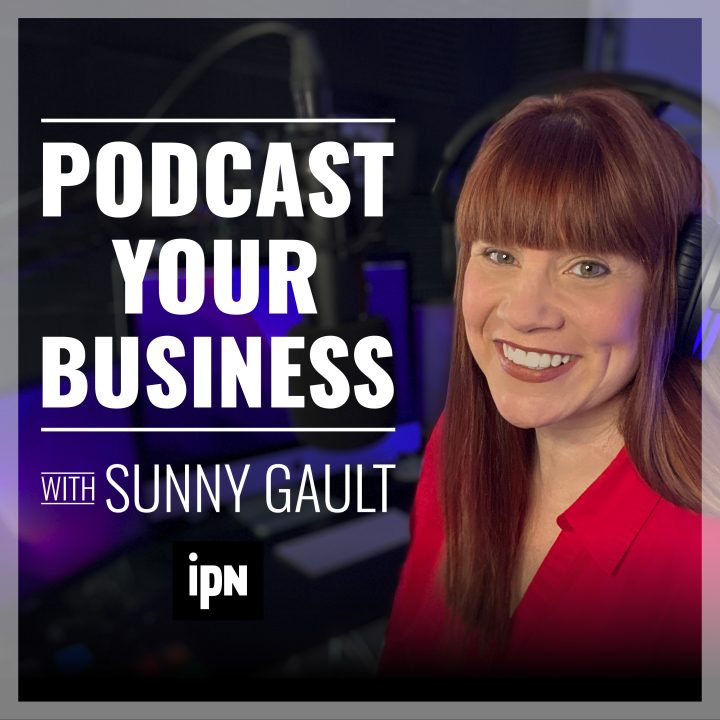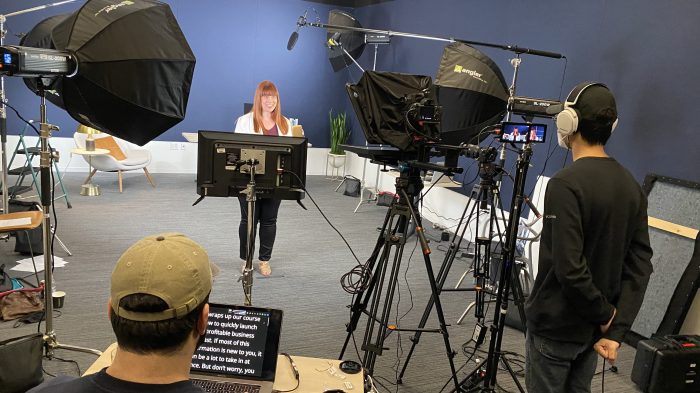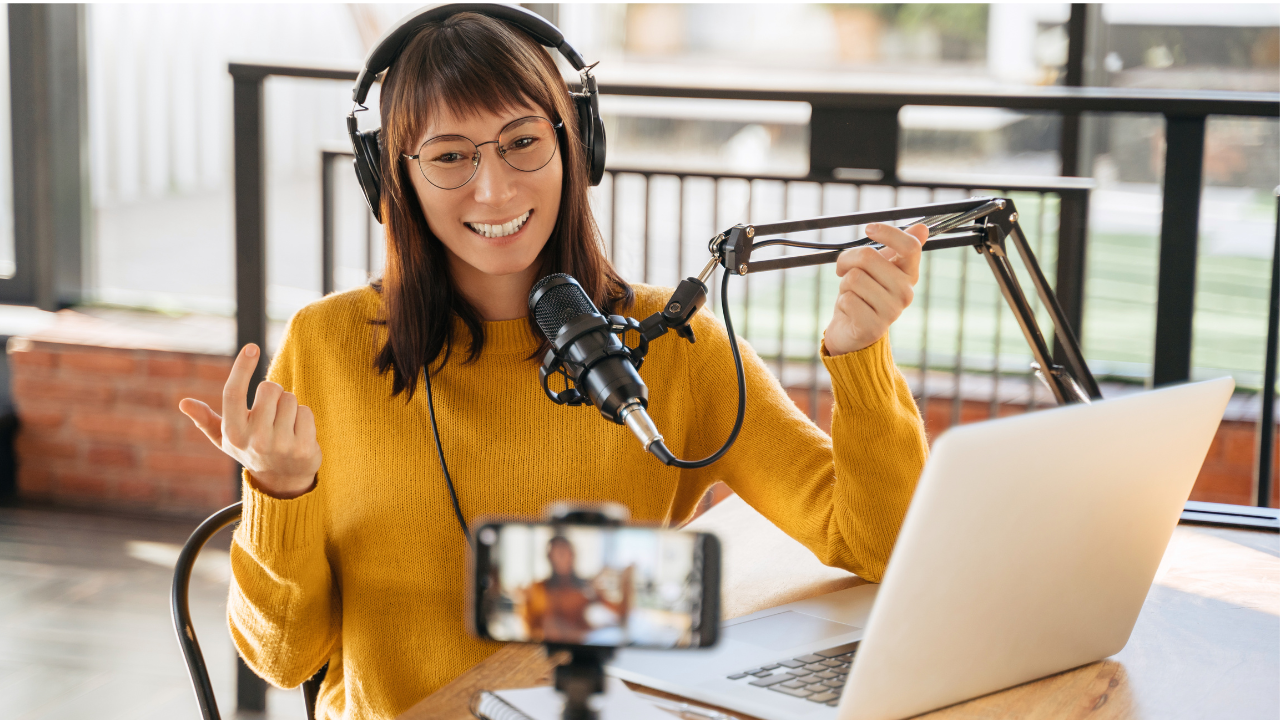
Video podcasting has exploded in popularity in recent years. A recent survey by Morning Consult found that 46% of podcast listeners now prefer video podcasts over audio-only shows. In addition, YouTube has surpassed Spotify as the preferred platform for streaming podcast content.
With more and more listeners demanding video, podcasters need to adapt. But what type of camera do you need for a professional-looking video podcast?
Type of Cameras for Video Podcasting
There are three main types of cameras used for video podcast recording: webcam, smartphone, and DSLR/mirrorless. Here is an overview of each:
Smartphone
Almost everyone has a smartphone in their pocket, making this an accessible video podcasting option. With 4K video capability, image stabilization, and expandable storage on many newer models, smartphones have excellent video specs. You can also easily mount a smartphone on a small tripod or rig with the right attachments.
Pros:
- Great image quality and resolution
- Very portable for shooting on location
- Allows apps and add-on lenses
Cons:
- The small screen makes composition tricky
- Need an external mic for quality audio
- Camera shake is a consistent problem without the right accessories
Webcams
Aside from a smartphone if you already own one, a webcam is the more affordable option for recording a video podcast. Most laptops come with one built-in that can work in a pinch. Or, you can purchase a standalone webcam that can offer up to 4k video resolution and a 60fps frame rate such as the Logitech Brio. When choosing a webcam, look for one with HDR technology to improve the contrast of your videos and a wide field of view so your guests can fit in the frame as well.
Pros:
- Inexpensive
- Easy plug-and-play setup
- Ideal for remote recording a video podcast
Cons:
- Lower-end models lack image quality
- Limited control over framing and lighting
- Audio quality varies wildly between models
DSLR and Mirrorless Cameras
For a professional video, DSLR and mirrorless cameras are the cameras of choice for professional videographers. Interchangeable lenses allow control over depth of field, and many models have 4K and even 6K video capability. The settings of these cameras are also fully customizable allowing you to tailor the video perfectly to your studio.
Pros:
- Excellent image quality
- Unlimited creative options with lenses
- Compatibility with high-quality external mics
Cons:
- Steeper learning curve
- Setup can be complex
- Shorter battery life than smartphones
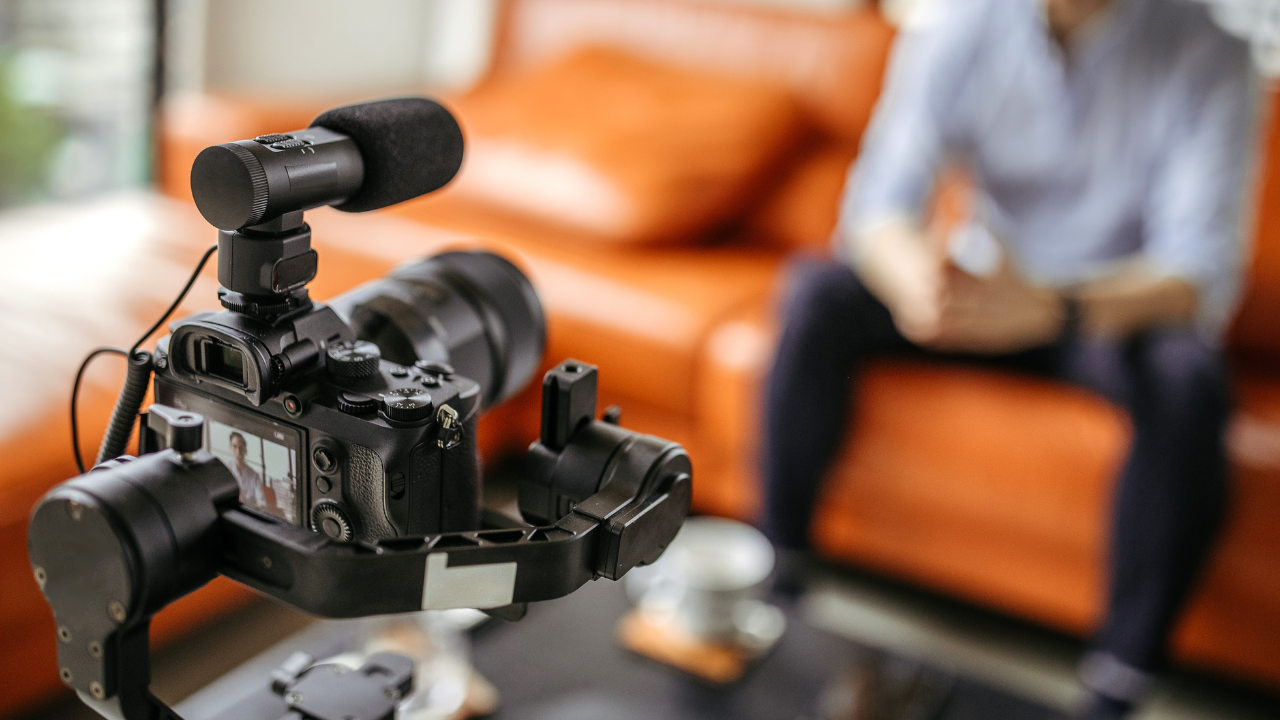
Choosing the Right Camera for Your Podcast
So, which type of camera is right for your video podcast? Here are five key factors to consider:
Look and Feel
Do you want the visual style to feel more like a TV talk show (DSLR), a video call (webcam), or a documentary (smartphone)? Match the camera type to the tone, setting, and aesthetics you want to achieve.
A shallow depth of field with blurred backgrounds is great for a cinematic look, while a webcam can lend an intimate, conversational feel. Smartphones are versatile for both handheld documentary shots and mini tripod-mounted setups.
Budget
DSLR rigs get expensive quickly with extra gear and accessories. A $500 camcorder may be the sweet spot if you want quality on a budget. Or grab a Logitech C922 webcam for under $100. Shopping for used DSLR bodies and lenses can save money too.
For smartphones, use what you have first before upgrading. Add-on lenses, mics, and lights are affordable ways to step up production value.
Video & Audio Quality
A DSLR or mirrorless with an external mic will give you the highest quality audio and video. It’s what the professionals use after all. Smartphones can get you great video quality, but only if you have the latest models. They also struggle with capturing audio from far away, so they always record close to the sound source.
Webcams provide a balance in quality between a DSLR or mirrorless camera and a smartphone that is a year or two old. You can also upgrade them with an external USB mic to further improve the sound quality of your video.
Portability
If you want to shoot on location while traveling, a smartphone has a huge advantage. DSLRs require a dedicated bag to ensure the camera’s protection. While newer mirrorless cameras are more portable than DSLRs, they still need external lenses which can quickly take up a lot of space. Of course, webcams limit you to recording near your computer, so they lack any amount of portability.
Ease of Use
Depending on the amount of time you want to spend learning how to use your camera, the ease of use can be a huge factor in choosing the ideal camera for your podcast. If you want to dive in and record the highest quality video you can, a DSLR or mirrorless camera is the way to go. But, if you plan to hire a professional videographer at some point down the line, recording your first few video podcasts with your smartphone or webcam is a great way to start.
Making the Most of Your Camera Setup
Whatever camera you choose, a few simple tips can take your video quality to the next level:
Lighting
Proper lighting eliminates shadows and harsh contrasts. For talking head podcasts, a soft key light placed in front of subjects at a 45-degree angle works well. You can use a softbox light, an umbrella light, or a large window for natural lighting. Fill lights placed on the opposite side fill in facial shadows. Backlights can help separate the subject from the background. Ring lights are popular among YouTubers for a catchlight in the eyes.
Framing and Composition
Follow the rule of thirds, placing the subject off-center for more dynamic framing. Leave some space above heads so viewers can see facial expressions. Vary the camera angle and distance for visual interest. For multi-camera shoots, use a wide shot, a close-up shot, and over-the-shoulder angles for ideal coverage.
Tripod and Stabilization
Reduce shakiness with a sturdy tripod or mini tripod on a table. This is essential for long-form podcasts. For handheld smartphone shooting, use a smartphone gimbal stabilizer. Or just try to hold the camera very steady.
Conclusion
Regardless of which camera you choose, the most important part is not getting paralyzed by the search for the perfect gear. Don’t let indecision prevent you from getting started with video. You can always upgrade equipment down the road. Focus on good lighting, audio, framing, and content creation first. Once you create your video podcasting workflow, it becomes much easier to choose gear that will improve your production value.
